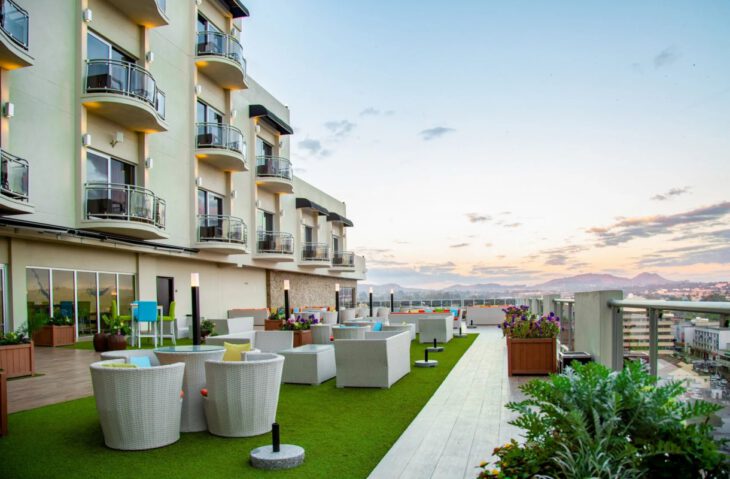
Malawi Facts
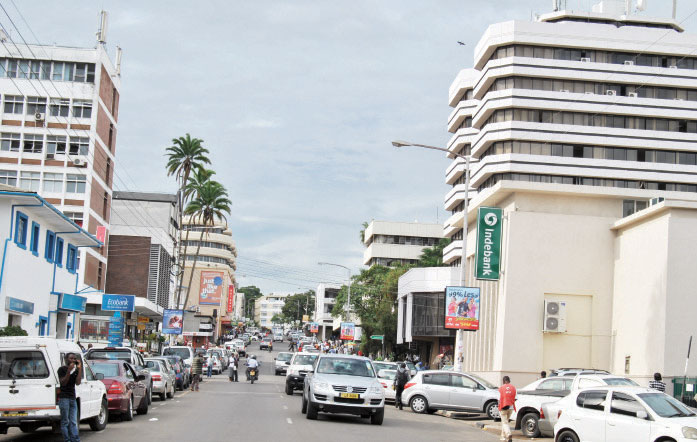
Malawi, sometimes called “The warm heart of Africa,” is a country with a rich history and culture. This page includes facts about Malawi, including some lesser-known information. As a Malawian, I have included facts that are suitable for children and students learning about the country. If you have any questions or comments, please leave a comment below or contact us.
Where is Malawi
Malawi is a landlocked country located in southeastern Africa. Endowed with spectacular highlands and extensive lakes, it occupies a narrow, curving strip of land along the East African Rift Valley. Lake Malawi accounts for more than one-fifth of the country’s total area. Malawi belongs to the SADC region (Southern African Development Community). You can check out the official Malawi constitution as well to keep up with their latest laws.
-
What is the capital of Malawi?
The capital of Malawi is Lilongwe (pronounced lih-LONG-gway), which can be found in the middle of the country. It is one of the biggest cities in Malawi and got its name from a river that flows close by.
-
What language do they speak in Malawi?
People from Malawi speak many native African languages, but the two official languages are Chichewa (pronounced chi-CHAY-wah) and English, English obviously because Malawi was enslaved/invaded by the British(UK) for centuries.
-
What Currency do they use in Malawi?
People from Malawi officially use the Malawian Kwacha as the official currency. You can use our online Malawi Kwacha currency converter to check for the most up to do date.
-
Time in Malawi
Malawi is 2 hours in the advance of Greenwich Mean Time (GMT+2). Malawi doesn’t operate daylight saving time, there’s no time difference between the winter and summer months.
-
Food in Malawi
Everyone who knows me, knows I love to eat and Malawi has some of the best local foods on the continent, the following are popular local Malawian foods.
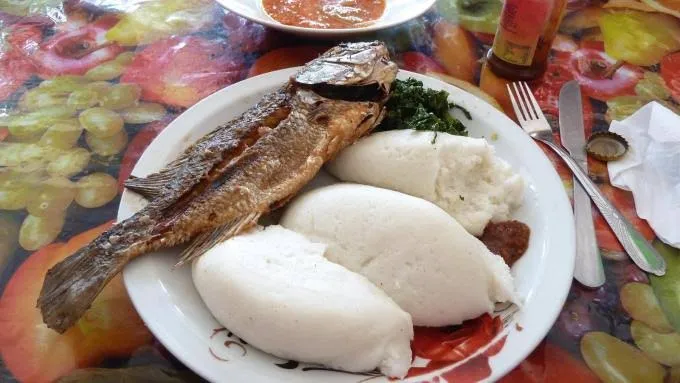
Chambo: A fish from Lake Malawi, Chambo is Tilapia fish and is considered a delicacy. Other favorite fish include usipa, which is similar to sardines, and mpasa, which is similar to salmon.
Nsima: This is a staple of Malawi food. It is made from ground corn and served with side dishes of meat or vegetables.
Kondowole: While Nsima reigns supreme across Malawi, the north holds love to eat Kondowole, a cassava flour counterpart to the classic maize porridge.
Chiwaya: A very popular meal where potatoes are sliced almost like french fries(they are generally a little bit larger) are then cooked in a custom-made local stove with several stalls selling chiwaya alongside meat such as chicken, goat meat or beef and of course salad as well.
Zitumbuwa: Zitumbuwa, a well-liked snack in Malawi akin to banana fritters, is typically prepared by combining maize flour, bananas, and sugar into a mixture that is then fried.
Chigumu: Often referred to as ‘African banana cake,’ is a mildly sweet cake that enjoys popularity in Malawi. The recipe for this delightful cake calls for ingredients such as maize flour, eggs, milk, cooking oil, bananas, sugar, baking powder, soda, and a pinch of salt.
Zigege: This dish consists of a fritter-like creation, where potatoes, cassava, or rice are coated in batter and deep-fried. It is flavored with a mix of seasonings including salt, cumin, turmeric, chili, and curry powder.
Thobwa: A popular drink from maize and millet or sorghum, with a milky appearance, grain flavour and grainy texture.
How does the Malawi flag look like?
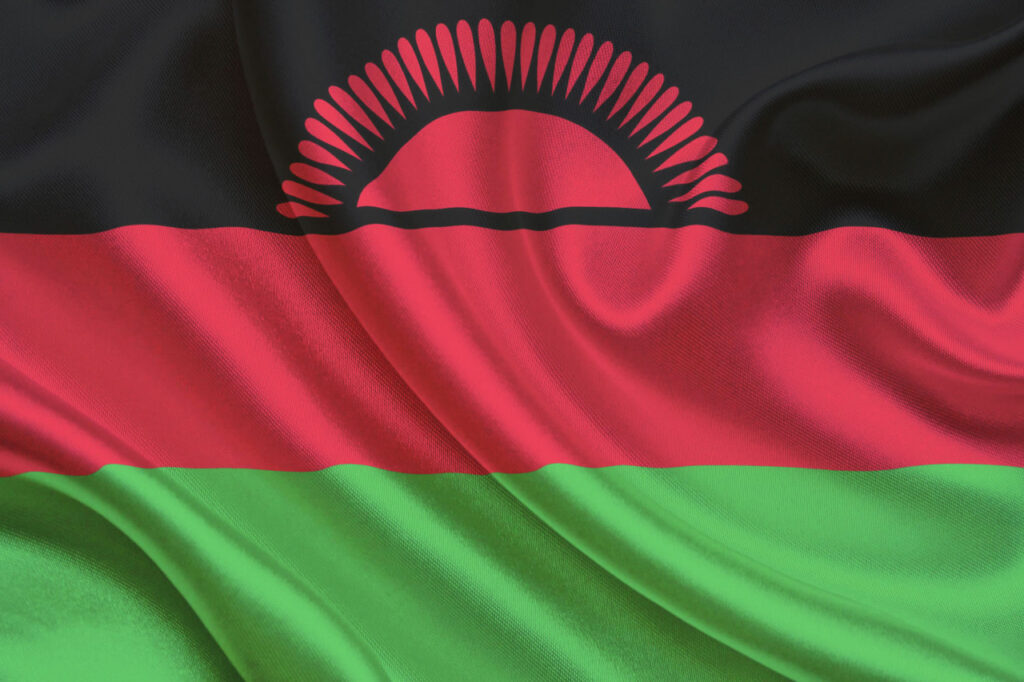
The flag features three bold, equal stripes: black at the top, red in the middle, and green on the bottom. A radiant red sun, rising defiantly, sits proudly in the center of the black band.
- The black symbolizes the continent’s strong people and their rich heritage.
- The red evokes the sacrifices made in the fight for freedom throughout Africa.
- The green represents the continent’s lush landscapes and its abundant natural resources.
- The rising red sun embodies the dawning hope for a brighter, more liberated future for all of Africa.
- Unknown fact: Marcus Garvey came up with these colors of the flag to fight the oppression of black people world wide.
How does the Malawi Map look like?
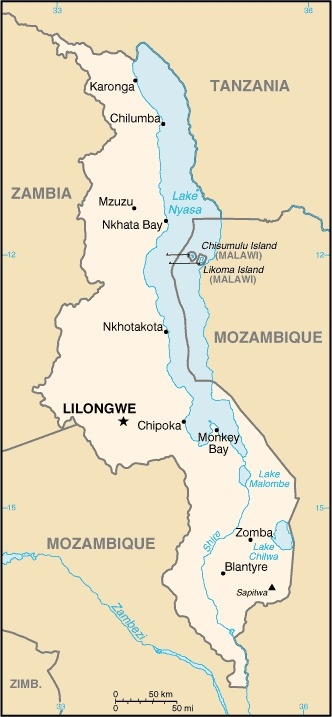
This map shows the capital city of Malawi(Lilongwe) and some of the most famous cities and areas including Monkey Bay, Zomba, Blantyre and Likoma Island.
Where is Malawi on the African Map?
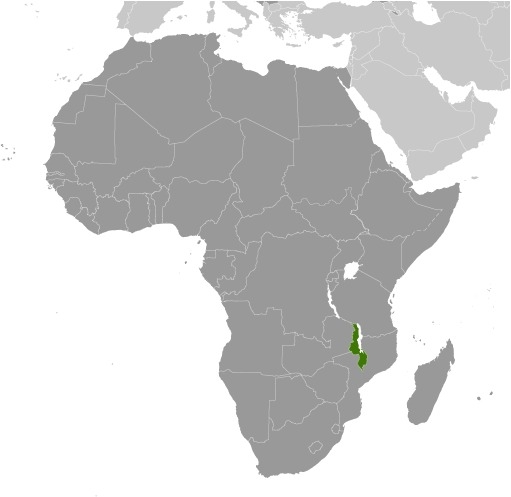
Malawi is highlighted in green on the map above.
Interactive Map
How is the Climate?
The weather is usually warm to hot for most of the year but yes, it’s “winter” seasons usually are very cold. Type of climate: Subtropical, rainy season (November to May); dry season (May to November).
What natural resources does Malawi have?
Limestone, arable land, hydropower, unexploited deposits of uranium, coal, and bauxite, gold and many more that have yet to be found.
Malawi ethnic groups
- Chewa 34.3%
- Lomwe 18.8%
- Yao 13.2%
- Ngoni 10.4%
- Tumbuka 9.2%
- Sena 3.8%
- Mang’anja 3.2%
- Tonga 1.8%
- Nyanja 1.8%
- Nkhonde 1%
- other 2.2%
- foreign 0.3% (2018 est.)
Leadership: Malawi is a republic with a President who acts as both head of state and head of government. Lazarus Chakwera is the current President, elected in 2020.
Lawmaking: The National Assembly is Malawi’s single legislative body, with 193 members elected directly by the people.
Economic Landscape: Malawi is a low-income Southern African country with an agrarian (farming-based) economy. The government is investing in education and skills training (human capital) to drive future growth. However, challenges remain:
- Debt and Corruption: High public debt and widespread corruption hinder economic progress.
- Energy and Industry: Malawi’s hydroelectric power grid needs improvement. Despite this, the country has a small but growing pharmaceutical industry.
Economic Indicators:
- GDP (Gross Domestic Product): $29.66 billion (estimated in 2021)
- GDP per Capita: $1,500 (estimated in 2021)
What Malawi Produces:
- Agriculture: Sweet potatoes, cassava, sugar cane, maize (corn), fruits, vegetables, and legumes.
- Industry: Tobacco, tea, sugar, wood products, cement, and consumer goods.
Trade:
- Exports: $1.54 billion (estimated in 2021), mainly tobacco, gold, soybeans, and agricultural products.
- Export Partners: Belgium, United States, Egypt, South Africa, and others.
- Imports: $3.58 billion (estimated in 2021), including fuel, medicine, and manufactured goods.
- Import Partners: South Africa, China, United Arab Emirates, and others.
Malawi’s Financial System
Central Bank: The Reserve Bank of Malawi steers the country’s financial system. It manages the national currency, the Malawian kwacha, and advises the government on economic matters.
Commercial Banks: Malawi has a network of commercial banks.
Insurance Industry: Several insurance companies operate in Malawi. NICO Holdings Limited, the largest, transitioned from state-owned to private ownership in 1996.
Stock Exchange: The Malawi Stock Exchange (MSE) was established in 1994 with international support. It officially began trading in 1996. The MSE is a member of the African Securities Exchange Association and is overseen by a committee that includes government and central bank representatives.
Internet in Malawi
Internet Access:
-
Growing but Unequal: Internet penetration in Malawi is on the rise. As of April 2023, an estimated 24.4% of the population has access, which translates to roughly 5 million users. This means over 75% of Malawians still lack internet access. Source: Further Africa.
Internet Quality:
-
Mixed Speeds: Fixed broadband offers average download speeds of 13.36 Mbps and upload speeds of 12.62 Mbps. Mobile data offers better download speeds at 30.63 Mbps but slower uploads at 14.58 Mbps (as of 2022) Source: Freedom House.
-
Reliability Concerns: Reports suggest internet connections can be unreliable, slow, and experience disruptions. Source: Misa Malawi.
Malawi in Pictures
Top Malawi Facts
| Name | Republic of Malawi |
| Area | 118,484 sq km |
| Major cities | Lilongwe (capital), Blantyre, Mzuzu, Zomba, Kasungu, Mangochi, Karonga, Salima |
| Languages | English (official), Chichewa (national), other languages including Tumbuka, Yao, Lomwe, Sena, and Tonga |
| Population | 21,475,962 as of 2024 |
| Pop growth | 2.62% as of 2024 |
| Urbanization | 20.0% as of 2025 projection |
| Life expectancy | Total: 51.7 years, Male: 50.9 years, Female: 52.5 years |
| Infant mortality | 28.1/1000 live births |
| Adult literacy | 65.75% as of the latest estimate |
| Legal system | Constitutional law, legislation, common law, customary law, religious law, and customary international law |
| Independence | 6 July 1964, from United Kingdom |
| Currency | 100 Tambala = 1 Kwacha |
| Ethnic groups | Main groups are Chewa, Lomwe, Yao, Tumbuka, Ngoni, and others |
| Bordering countries | Mozambique, Zambia, Tanzania |
| Internet country code | .MW |
| Religion | Christianity 82.8%, Islam 13.0% |
Sources for the data
Fun Quiz
Malawi Infographic
We have made a nice infographic that you can download, share or print.

Stay connected with us through our Facebook and Twitter pages for more updates and articles about Malawi.
- The Hidden Costs of Sending Money Home: A Look into Malawi’s Remittance Rates - March 15, 2024
- Malawi Resumes Passport Printing: What You Need to Know - March 12, 2024
- Malawi’s Maize Prices Show Decline, Relief for Consumers - March 12, 2024
